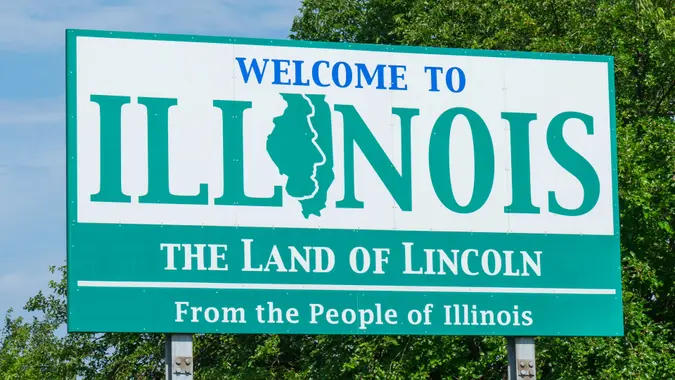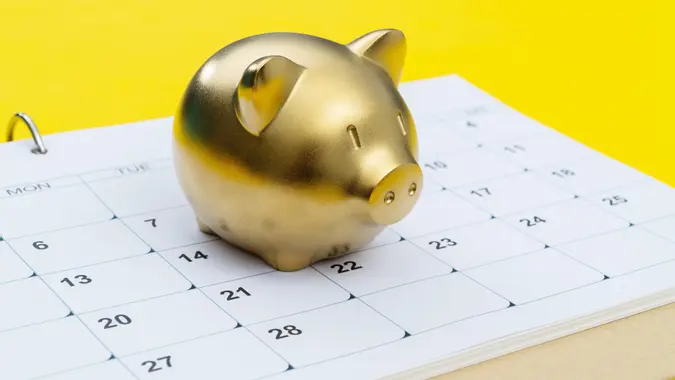Robinhood IPO Called ‘One of the Worst’ As Stock Crashes

Commitment to Our Readers
GOBankingRates' editorial team is committed to bringing you unbiased reviews and information. We use data-driven methodologies to evaluate financial products and services - our reviews and ratings are not influenced by advertisers. You can read more about our editorial guidelines and our products and services review methodology.

20 Years
Helping You Live Richer

Reviewed
by Experts

Trusted by
Millions of Readers
Robinhood’s stock is crashing following the company’s fourth-quarter earnings Thursday, Jan. 27, which forecasts a grim first quarter of 2022, as it anticipates that total net revenues will be less than $340 million — a 35% decline compared to the first quarter of 2021, according to the financial report.
The stock tumbled 15% following the earnings report, and was down 8% on the morning of Friday, Jan. 28, which prompted Bloomberg to call it “one of the worst IPOs since the start of the pandemic.”
“Robinhood Markets Inc. shares are in a tailspin and that’s making them the worst high-profile global stock market debut since the onset of the pandemic, just edging past China’s Didi Global Inc. and London’s THG Plc,” Bloomberg reported.
The company started trading on NASDAQ under the ticker “HOOD,” in July 2021.
Peter Cohan, a senior lecturer at Babson College and author of “Goliath Strikes Back,” told GOBankingRates that last July, he urged investors to avoid Robinhood’s IPO.
“After peaking at $85 during its first week, the stock has since plunged. After a drop in revenues and bigger than expected losses, the company has not solved the basic problem I saw when it went public,” Cohan said. “It remains too dependent on crypto trading; rivals have copied its fee-free trading, and meme stocks are no fun anymore. Short sellers have profited handsomely and I see no reason for them to cover their positions now.”
In addition, Robinhood’s monthly active users fell to 17.3 million last quarter from 18.9 million in the third quarter, according to the filing, while average revenues per user (ARPU) for the quarter also decreased 39% to $64 on an annualized basis, compared with $106 in the fourth quarter of 2020.
“The decrease was primarily related to lower trading volumes per user for options and equities and lower interest earnings per user from securities lending due to declines in market rates earned on loaned securities, partially offset by higher trading volumes per user for cryptocurrencies,” the filing reads.
For 2022, Robinhood said it will build products intended to help with long-term investing, “aiming to make it easier for customers to build for their futures no matter where they are in their financial journeys,” according to the filing. The company added that it will invest in spending and savings products and, in the coming months, will introduce a new experience for day-to-day spending to help customers build a portfolio as an outcome of spending.
“Robinhood plans to offer customers ways to move their money faster, starting with introducing instant debit card deposits and withdrawals in the next few months,” according to the filing.
More From GOBankingRates:
- One-Third of People Have $100 or Less in Their Checking Accounts, Survey Shows — Here’s How Much Experts Say You Should Actually Have
- Gen Z and Millennials Favor National and Online Banks, Survey Shows — What Does That Mean for the Future of Credit Unions?
- Top Bank Account Promotions for January 2022 – Avoid Fees and Earn Up to $1,500
- 40% of Women Have Less Than $100 in Their Savings Accounts, New Survey Finds
 Written by
Written by 

























